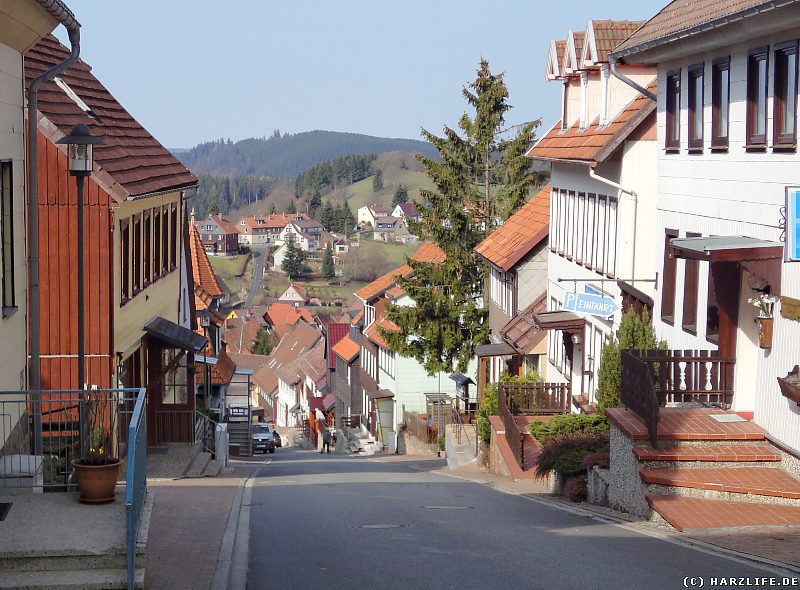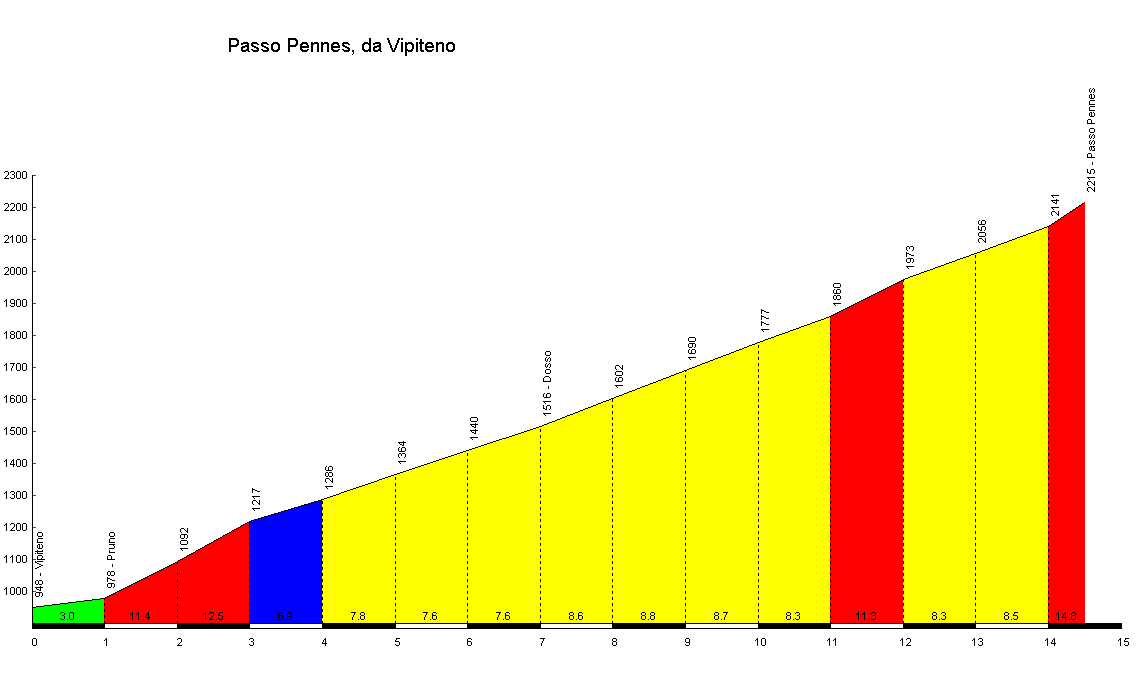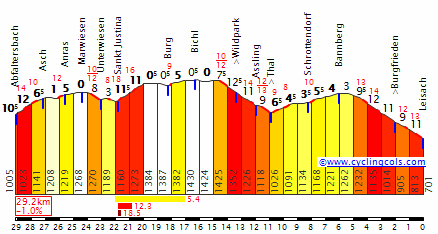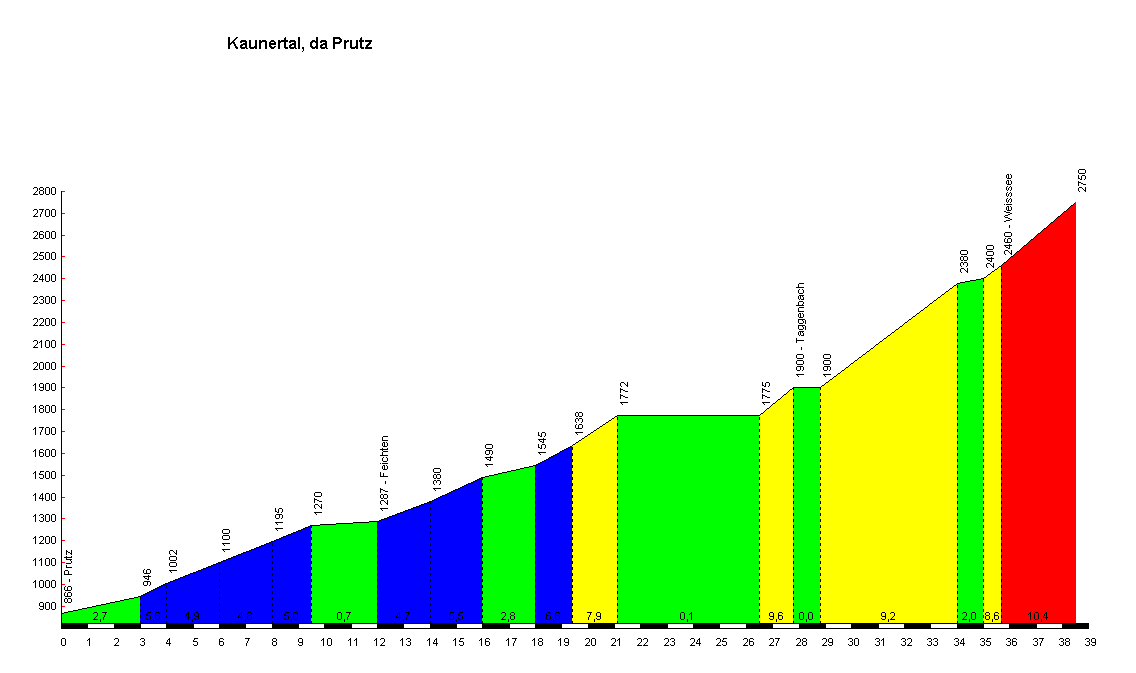Yes, believe that's a tunnel on the road from BSM to Moûtiers.
Stage 14: Romans-sur-Isère - Chalet des Alpes-Croix de Chaubouret, 184km
Climbs:
Col de Rouvey (cat.2) 15,5km @ 5,0%
Col de la Charousse (cat.1) 13,5km @ 6,0%
Col de la Republique (cat.2) 11,5km @ 5,1%
Croix de Chaubouret (cat.1) 14,9km @ 5,4%
Intermediate sprint:
Saint-Chamond (Souvenir Andrei Kivilev), 168km
So, I guess I owe you all a bit of an explanation about this weird pacing of the mountain trifecta, since this is the last stage before the rest day. My thinking is that with three consecutive mountain stages, the péloton will be liable to soft-pedal the first in fear of those to follow. That's why I made the first stage such a long stage, so that even if soft-pedalled, attrition will make it selective; even if the heads of state come in together, domestiques will be absolutely destroyed for the stages to come, so that its effects will be being felt in the stages that follow. Then the final mountain stage is by far the easiest of them - so therefore there should not be a fear factor in it, and there are far better opportunities to gain time in the earlier stage... BUT the final stage is the one with the full-size MTF. So the riders have to do a balancing act. They can't afford to leave everything to this stage because the stage isn't as hard as the ones before it, so they have to make the race hard in the Aosta and Oz stages; however this stage becomes a potential banana skin because of the seeming ease in comparison, but that the riders have done over 450km of brutal mountain stages in the last two days. It's an attempt to shake up the formula by trying to dissuade riders from leaving their efforts until the last day before the rest. Also the type of climbs in this stage will suit a wholly different style of climber from those in the previous stages.
But you did read this right - only two days in the Alps and only one in France, because now we're crossing the Rhône and heading into the Massif Central for what is somewhere in between a medium- and high-mountain stage. I was a little disappointed to find that in between my posting the start of this race and getting to this point, I've been pre-empted in my mountaintop finish by Paris-Nice, although it appears they are taking a different - easier - route to the summit. Either way, this is part of my attempt to spread the stages out, as well as a nod to history.
After heading out of the Alps, the riders will overnight probably in Grenoble, Romans or Voiron, then they will set off on a northwesterly route to the banks of the Rhône. At
Saint-Vallier the riders will turn west and cross over the river before heading for the mountains; the Ardêche end of the Cévennes and the Pilat Massif to be precise, two areas that the Tour doesn't really use at all and that we only sparingly see major races entering... until Paris-Nice 2015 of course! Our first port of call is a long but very gradual climb. The village of
Lalouvesc, picturesque spot that it is, has been passed just once in the Tour's history, in 1977 when Joaquim Agostinho took the points en route to the stage win in St-Etienne, although the stage win was later rescinded after a positive test. However, the road can continue to climb if you don't turn off of it for another five kilometres after that (although some is flat), up to the
Col de Rouvey. It's not a challenging climb -
almost rigidly between 5 and 6% all the way but for the short kilometre of flat. Hence the 2nd category status despite the length.
After the first couple of kilometres, the descent is extremely straight and fast into Villevocance, before we start the next climb of the day. The
Col de la Charousse - not to be mistaken for the far tougher Chamrousse - is noticeably tougher than Rouvey (we are skipping the flat first 7km of that profile). The last 9km, from the picturesque village of
Vanosc to the summit, even include a kilometre at
over 9%. After this, there is a two stepped descent, with a small rise to Tracol inbetween; this then leads into a
lengthy gradual descent which is somewhat twistier than the Rouvey descent but once more only includes tough technical tests early in the route. The riders thus arrive in
Bourg-Argental.
Then it's time for something truly historic. Although earlier in the race I paid tribute to the first major mountain of the Tour by climbing (the wrong side of) Le Grand Ballon, here I climb (the wrong side of) what is arguably the first mountain pass that the race ever crossed (some debate as to what constitutes a full-scale mountain pass can ensue, as some maintain there were mountains prior to the Col de la République that day, others maintain that it was only with 1905 and Le Grand Ballon that mountains came, still others maintain that as it's the first one over 1000m that the Col de la République earns the title; the sign at the summit declares as much anyhow), all the way back in the first ever edition, in 1903. The
legendary pass and the
monument to Paul de Vivie (aka Vélocio) at the summit remain famous spots to the sport even though it has been a long time since Le Tour has seen it. Paris-Nice still uses the climb periodically, but for obvious reasons from the north, as in 1903. Here we climb from the south, the slightly harder side owing to the
steeper first three kilometres, however after that it is mostly 4-5% all the way; hardly a killer. With just over 40km remaining at the summit it's not going to break anybody who wouldn't be broken anyway in ordinary circumstances, however with the last two stages in the legs this kind of constant mild climbing could be underestimated.
After the nod to history, we will descend the north side of the Pilat Massif to the outskirts of St-Étienne, before turning northeast towards
St-Chamond. Here, we will have our belated intermediate sprint, just 16km from the end of the stage. It's an odd stage to put it so late, but there are reasons. Firstly, it's quite a large town which will give better reason to have the sprint there; secondly, as with Paris-Nice a few years ago, there is the opportunity to honour
Andrei Kivilev, the Kazakh rider who died following a crash on the streets of the town in Paris-Nice in 2003. Following this minor tribute, we turn to the south once more to climb into the Pilat again, on another storied, although somewhat less historic, climb (it was first climbed in 1950, but perhaps most famously in the brutal St-Étienne time trial stage in 1997). Perhaps the last time the climb was seen in a meaningful role in a major race would be in
this 2008 Paris-Nice stage, though it has shown up since, such as in
this stage from 2011. From this side the wick is gradually increased, until
the final 10,4km @ 6,4% with the toughest gradients coming inside the last 5km. Let's be clear: it's a relatively easy mountaintop finish, for the reasons I enumerated earlier. Riders cannot possibly leave their attacking to this stage because the time that can be won in the Aosta and Oz stages is so much more than in this one, but then if they do tear the race to shreds in the 200km+ Alpine megaliths, there will be some seriously tired legs in the Massif Central.
After the stage the riders will head down the mountain to Saint-Étienne, where they will rest their weary legs on a day off.
Romans-sur-Isère:
Croix de Chaubouret:







































